#1 Fix bitter coffee
It’s well known that salt makes food taste good, but in 1997, scientists found out why. In a study published in the journal Nature, they asked volunteers to drink a bitter urea drink with added sucrose for sweetness, or sodium acetate for saltiness. Sugar didn’t improve the taste on its own, but salt did, and when the two were combined, the drink tasted even sweeter. It seems salt blocks bitterness and boosts sugariness.
Coffee contains many different bitter- tasting molecules, which contribute to its very distinctive flavour, but it takes a careful balance of temperature, brew time and ground size to get the perfect cup. It’s very easy to get this delicate balance wrong, often with not so tasty results, but salt’s ability to suppress bitter tastes and boost sweetness could be just the thing you need to improve your brew.
#2 Remove rust with cola
Phosphoric acid is the sour ingredient that balances the sugary taste of the world’s favourite fizzy drink, but it’s got another use — it’s an industrial-strength rust remover capable of transforming reddish iron (III) oxide into yellow-toned ferric phosphate. To repair a rusty object, simply cover it in cola and let the acid get to work. Not only will it help to remove the rust, the layer of iron phosphate will provide some rust proofing, protecting against future corrosion.
#3 Check if eggs are fresh
Fresh eggs are full to the brim with yolk and white, but the shell is porous to allow the developing chick to breathe. Over time air leaks through the protective coating and a bubble starts to form. For a sure-fire way to tell if your eggs are fresh, simply put them in a bowl of water and see if they sink or swim. The freshest eggs are best for frying or poaching because the yolk is round and the white is thick. These should sink to the bottom of the bowl and lie down horizontally on their side. Slightly older eggs are better for hard boiling because the white is thinner and they are easier to peel. These eggs will tip up on their edge, sitting upright in the water but not quite floating. The oldest eggs will rise to the top of the water. These are best thrown away as they are not really fit to eat.
#4 Cool your drink with salt
There’s a layer of liquid water on the surface of ice, and when you add salt it dissolves into this layer. This dissolved salt slows down the rate at which water molecules can attach to the ice beneath but doesn’t affect the rate at which molecules detach from the solid. The overall effect is more molecules detaching and becoming liquid, allowing the ice to melt without raising the temperature. If you put a can into an ice bucket only parts of the surface touch the chilly solid, but add salt to the mix and the chilly liquid will completely surround your can, cooling it down much
#5 Keep your veg green
When you first plunge veggies into boiling water, air bubbles expand, making their green colour appear more intense, but over time the vibrant shade turns yellow. This is because a magnesium ion in the green pigment, chlorophyll, is swapped for hydrogen in the presence of acids released during cooking. To prevent this from happening, minimise cooking time, use lots of water to dilute the acid, and don’t add vinegar or lemon until you’re ready to eat.
#6 Ripen fruit with fruit
Ripe fruits like tomatoes and bananas give off ethylene, or ethene. This natural chemical is also known as ‘fruit-ripening gas’ and has been used for centuries to artificially speed up fruit ripening. The Egyptians made holes in figs to let the gas out, people in ancient China burnt incense to release ethylene, and modern transport vehicles pump the gas over fruit on their way to the supermarket to ensure it’s ready to eat on arrival. To use this trick at home, just place an ethylene- producing fruit like a banana, fig, mango, nectarine or plum next to an unripe fruit and it’ll be ready to eat in no time.
#7 Thread needles with nail varnish
Poking a soft, frayed thread through the eye of a needle can be a challenge, but a bottle of nail varnish makes the job much easier. Nail varnish contains nitrocellulose suspended in a fast- evaporating solvent— when you apply a dab to the end of your thread, it rapidly forms a smooth film over the strands.
#8 Refresh tarnished silver
Silver can lose its lustre over time, becoming coated in a layer of black silver sulphide, but there’s a chemistry trick to gently restore its shine. The first thing to do is line a bowl with aluminium foil and then add a spoon of baking powder, a pinch of salt and some hot water. The bicarbonate of soda will react with the foil, stripping away the layer of aluminium oxide on the surface, while the salt allows electrons to move between the foil and the silver, creating a small electrical current. The silver gains electrons and the aluminium loses them and, in the process, the sulphur transfers from your cutlery to the foil.
#9 Make bread without yeast
The bubbles that make bread dough light and airy are most often made by yeast, a single-celled organism that consumes sugar and produces carbon dioxide, but you can still make a decent loaf without it. Soda bread is a traditional quick bread with four key ingredients: flour, bicarbonate of soda, salt, and an acid like buttermilk, milk, yogurt or cream of tartar. The soda reacts with the acid to make carbon dioxide, allowing the bread to rise. But be careful with the proportions; the bread will collapse if the bubbles become too big, and too much bicarbonate of soda can make the mix taste soapy.
#10 Banish fridge odours
Bicarbonate of soda has the chemical formula NaHCO3, and it’s got some special properties. It is amphoteric, which means it can react with both acids and bases, and this makes it a great DIY fridge deodoriser. Lots of bad food smells are caused by acids and alkalines produced as food starts to go off; sour milk contains lactic acid, bad meat contains rancid fatty acids, and rotten fish contains alkaline trimethylamine oxide. When bicarbonate of soda reacts with these, it forms a sodium salt, water and carbon dioxide, neutralising the odour. An open box inside the fridge door should help to keep bad smells at bay.
#11 Remove wine stains with vodka
The distinctive colour of red wine is created by pigments called anthocyanins and pyranoanthocyanins, which are formed when anthocyanins interact with molecules made by alcohol-producing yeasts. Their chemical structure makes them a little bit hydrophobic (‘water hating’) and a little bit hydrophilic (‘water loving’), meaning that they dissolve in both organic solvents, like alcohol, and aqueous solvents, like water.White wine is often used to remove red wine stains because it contains a mix of alcohol and water, helping to capture the pigment molecules and pull them out of the fabric, but a better option to quickly remove a stain is to use something stronger. Clear spirits like vodka, white rum or gin contain a higher percentage of alcohol, dissolving the pigment molecules even more effectively. Just keep dabbing at the stain and adding more alcohol until the colour begins to fade away.
#12 Descale your kettle with vinegar
Hard water contains dissolved calcium hydrogencarbonate, which breaks down into insoluble calcium carbonate, also known as limescale, when it’s heated. To get rid of it, mix one part vinegar or lemon juice with three parts water and boil the kettle, then let the hot mixture sit overnight. The acid will react with the limescale, forming soluble calcium salts that can be tipped away in the morning.
#13 Soften cookies with bread
Bread, cake and cookies contain moisture, which transforms starch from crystals into a disorganised gel, but as moisture moves away from the starch, they go hard and stale. All you need to do to refresh baked goods is restore that moisture. Simply put your hard cookie in a bag with a piece of fresh bread and it should soften up in no time.

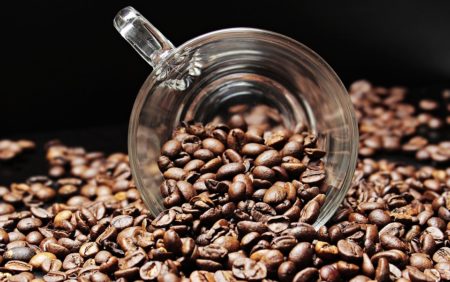
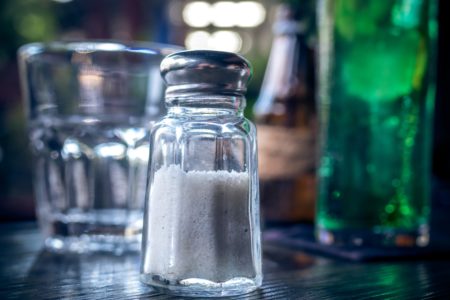
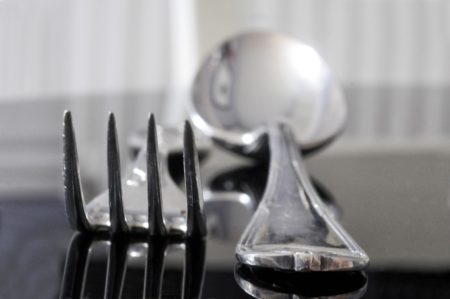
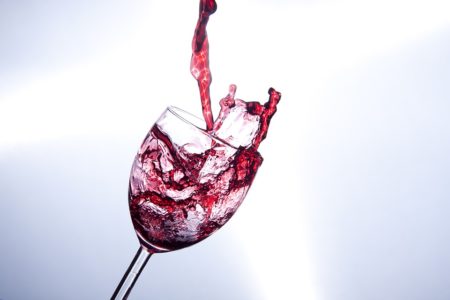
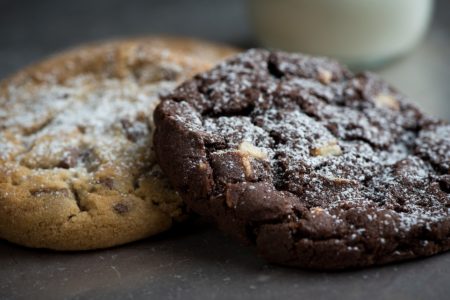








0 Comments